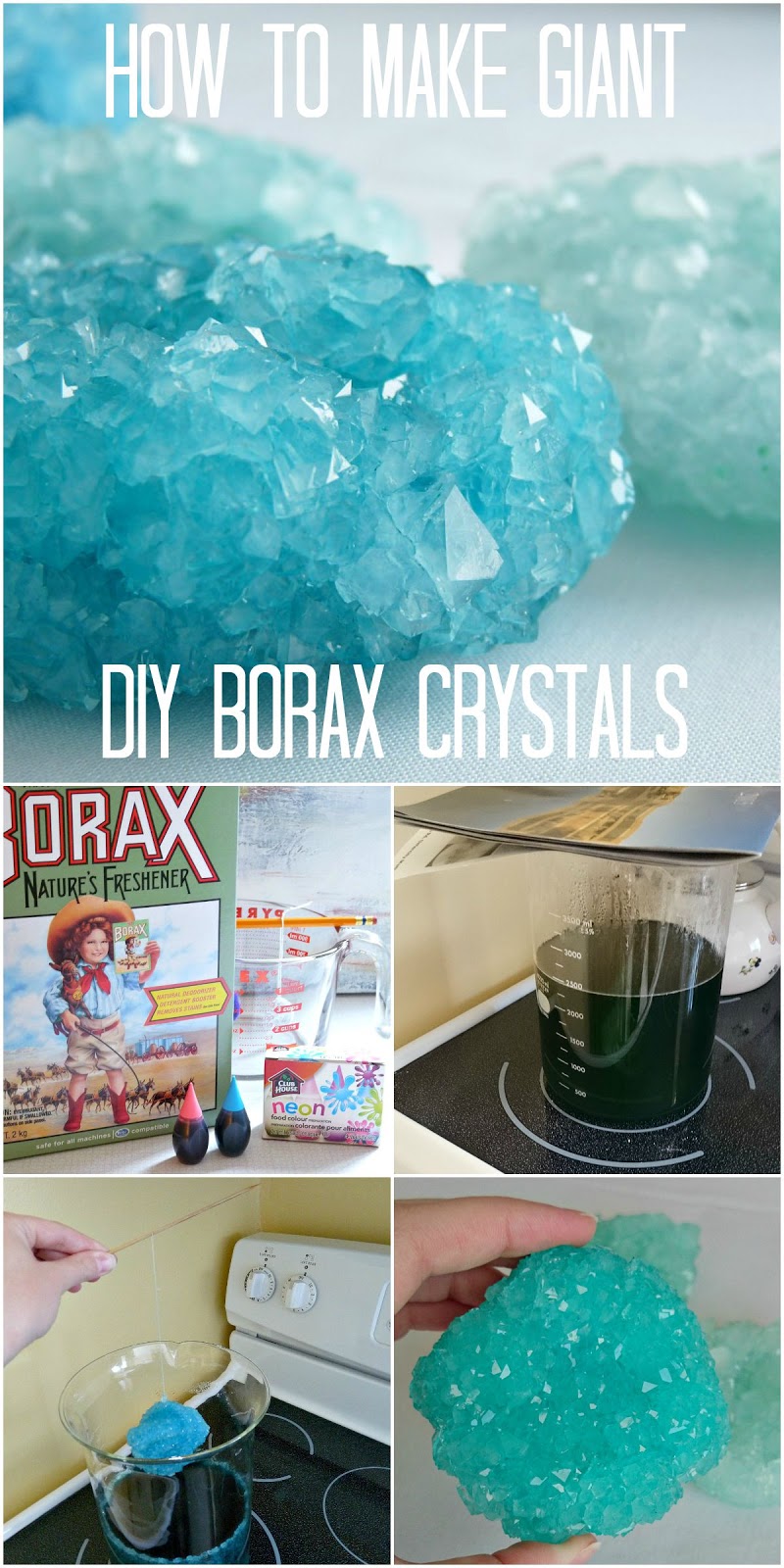Unpacking Borax: What's This Wonder Mineral Made Of?
Ever wonder what's inside that box of borax hiding in your laundry room? It's more than just a cleaning agent; it's a naturally occurring mineral with a fascinating chemical makeup and a rich history. This deep dive into the world of borax will explore its composition, origins, and various applications, revealing the secrets behind this versatile substance.
Borax, also known as sodium borate, sodium tetraborate, or disodium tetraborate, is a hydrated borate mineral. Its chemical formula is typically written as Na₂B₄O₇·10H₂O, indicating that it's composed of sodium (Na), boron (B), oxygen (O), and water (H₂O). This decahydrate form is the most common form of borax found in nature and used commercially.
The history of borax use stretches back centuries. Originally discovered in dry lake beds in Tibet, its use spread along the Silk Road to the Arabian Peninsula, eventually reaching Europe. For generations, borax has been valued for its cleaning properties, its role in making glass and ceramics, and even its use in traditional medicine.
Borax deposits are formed when boron-rich waters evaporate, leaving behind concentrated mineral deposits. Today, major borax production occurs in regions like California's Mojave Desert and Turkey. The extraction process involves mining the ore and then refining it to achieve the desired purity levels for various applications.
The significance of borax extends far beyond laundry boosters. Its unique chemical properties make it a crucial component in a wide range of industries. From fiberglass insulation and flame retardants to agricultural fertilizers and even nuclear reactors, borax plays a vital role in our modern world.
One of the primary uses of borax is as a cleaning agent. It acts as a water softener and a pH buffer, enhancing the effectiveness of detergents. Its mild antiseptic properties also contribute to its cleaning power.
Borax is a key ingredient in the production of borosilicate glass, also known as Pyrex. The addition of borax increases the glass's thermal resistance, making it ideal for ovenware and laboratory equipment.
In agriculture, borax is sometimes used as a source of boron, an essential micronutrient for plant growth. However, it's important to use it judiciously as excessive boron can be harmful to plants.
To use borax safely and effectively, always follow product instructions. When handling borax powder, avoid direct skin contact and inhalation. Store it in a cool, dry place out of reach of children and pets.
Advantages and Disadvantages of Borax
| Advantages | Disadvantages |
|---|---|
| Effective cleaning agent | Can be toxic if ingested in large quantities |
| Versatile applications | May irritate skin or eyes |
| Naturally occurring mineral | Not suitable for all cleaning tasks |
Frequently Asked Questions about Borax:
1. Is borax the same as boric acid? No, although they are related, boric acid is a different compound derived from borax.
2. Is borax safe to use around children? Use caution and keep it out of reach of children. It's not safe for ingestion.
3. Can borax kill ants? Yes, borax is often used in ant bait traps.
4. Can I use borax to clean my toilet? Yes, borax can be used to clean toilets.
5. Is borax safe for septic systems? Used in moderation, borax is generally considered safe for septic systems.
6. Can borax be used in gardening? Yes, it can be used as a source of boron but with careful application.
7. Where can I buy borax? Borax is readily available in most supermarkets and online retailers.
8. What are some alternatives to borax? Washing soda and baking soda can be used as alternatives in some applications.
One helpful tip for using borax is to pre-dissolve it in warm water before adding it to your cleaning solution. This ensures even distribution and prevents clumping.
In conclusion, borax is a remarkable mineral with a wide range of applications. From its ancient origins as a cleaning agent to its modern-day use in diverse industries, borax has proven its versatility. Understanding its chemical composition, benefits, and potential concerns allows us to harness its power effectively and safely. While borax offers many advantages, it's essential to use it responsibly and follow safety guidelines. Its widespread use in cleaning, industrial processes, and even agriculture highlights its significance in our daily lives. By understanding the composition and properties of borax, we can better appreciate its versatile nature and employ it effectively for various purposes. Remember to always research and follow appropriate safety precautions when using borax, particularly around children and pets. With proper knowledge and handling, borax can be a valuable tool in both household and industrial settings.
Accessing private facebook profiles myths and realities
Boost your engines performance with acdelco iridium spark plugs
The art of printable paper frame templates














:max_bytes(150000):strip_icc()/borax-laundry-booster-1387922-09-e64153ec40ab48368e8b176e11f10ed0.jpg)